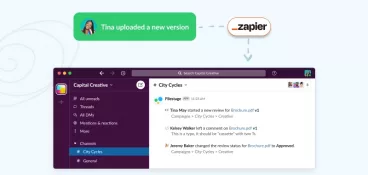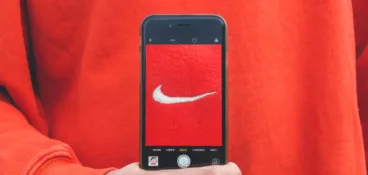Every year, over 5 million new businesses hit the US market. Every one with the same hopes and dreams – to conquer the competition and rise to the top. So you need a unique brand voice that makes you stand out if you want to capture your customers’ attention.
As former Nike CMO and author of Emotion by Design, Greg Hoffman, says: “Every brand has the opportunity to tell a story greater than the product itself. ”
To help you tell your own story with a distinct brand voice and start conquering the competition, I’ve rounded up the 15 best brand voice examples from around the web.
But, first, let’s get aligned on the basics.
What is a brand tone of voice?
A brand’s tone of voice refers to its choice of words when communicating with its audience in written and spoken communication. By defining a unique tone of voice, brands can take on an authentic personality, style, and attitude.
When developing your brand’s tone of voice, you should make sure it’s consistent with the business’s values, target audience, and overall brand identity. This will help you differentiate your brand from the competition, build emotional connections with your consumers, and establish a memorable and recognizable presence in the market.
Why does building a recognizable brand voice matter?
Your brand voice has a lot to do with how your audience sees you. It tells them all about who you are as a brand, what you stand for, and what matters to you.
And in a world where building strong connections with customers is essential for standing out among the competition, communicating these things well is essential.
Here are the six main reasons you should care about building a recognizable brand voice:
- Differentiation – In a crowded marketplace, a distinct brand voice helps your brand stand out from competitors by offering a unique personality and communication style.
- Brand identity – A consistent brand voice reinforces your brand’s identity and values, helping to create a strong and memorable impression in the minds of consumers.
- Emotional connection – A recognizable brand voice evokes emotions and builds connections with your audience which helps you build loyalty and trust over time.
- Consistency – Maintaining a consistent brand voice across all communication channels helps to reinforce your brand’s messaging and positioning. This increases clarity in the minds of your consumers.
- Recognition – A consistent and recognizable brand voice makes it easier for consumers to remember and identify your brand.
- Authenticity – A well-defined brand voice that aligns with your brand’s values and personality helps you become more authentic and build credibility with consumers.
Supercharge your marketing reviews
Share, review, and approve all your content in one place with Filestage.
15 stellar brand tone of voice examples
Here’s a list of 15 brand tone of voice examples from some of the biggest and most recognizable brands.
1. Apple – Innovative and sleek brand voice
Apple is such a strong brand that the first thought that comes to mind when hearing the term isn’t the famous fruit, but a powerful smartphone. Their products are innovative, sleek, and desirable – and that’s all down to the brand.
But how does the brand convey this image?
Besides strong imagery, Apple uses short, bold statements which equally inspire and inform you about their latest products or tech achievements. Their distinct brand tone is casual, yet serious, enthusiastic but respectful, and always focused on their products and innovation.


2. Coca-Cola – Refreshing and uplifting brand voice
We all know what Coca-Cola stands for – it’s happiness, creating memories, and enjoying life with our loved ones. But what does that have to do with a sweet, non-alcoholic beverage? Nothing really – except that it helped Coca-Cola become one of the biggest brands in the world.
Its joyful image comes from the positive language used to share their inclusive and universal messages. Slogans like: “Open happiness” or “Have a Coke and a smile” are just a couple examples of how the company keeps spreading its uplifting, feel-good message.
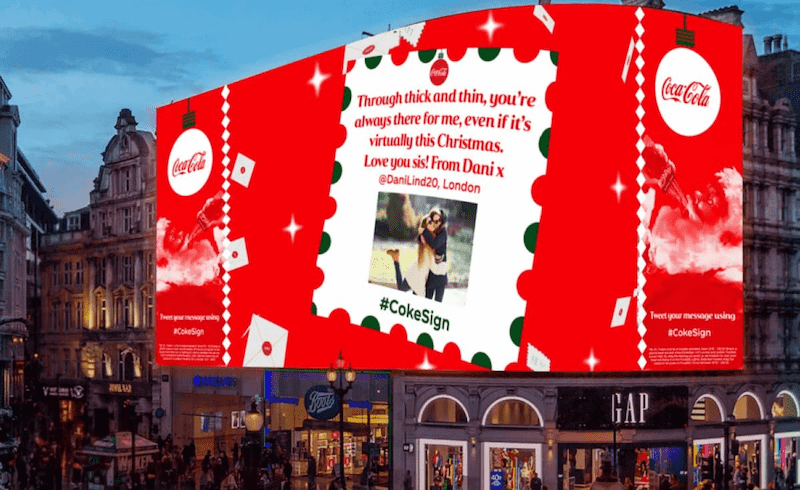
3. Nike – Motivational and empowering brand voice
To everyone at least somewhat interested in sports apparel, Nike is much more than just a clothing brand. Nike is hope, a belief in a better tomorrow, and a one-way ticket to the cool-kids club.
The way the brand achieves this is with bold, powerful slogans, accompanied by inspirational sports success stories. Another characteristic of their brand voice is that it’s action-oriented. They encourage consumers to take action and make positive changes in their lives, helping build tighter bonds with them.

Want to see more inspiring examples? Check out our roundup of the best Nike ads and marketing campaigns.
4. McDonald’s – Friendly and inviting brand voice
McDonald’s realized the power of branding before it was even a thing. Their smart positioning combined with a friendly, youthful, and energetic tone of voice is what makes McDonald’s stand out from the rest of the fast food brands.
From ads to customer service messages, the brand consistently displays a friendly voice that’s happy to entertain and assist customers every step of the way.
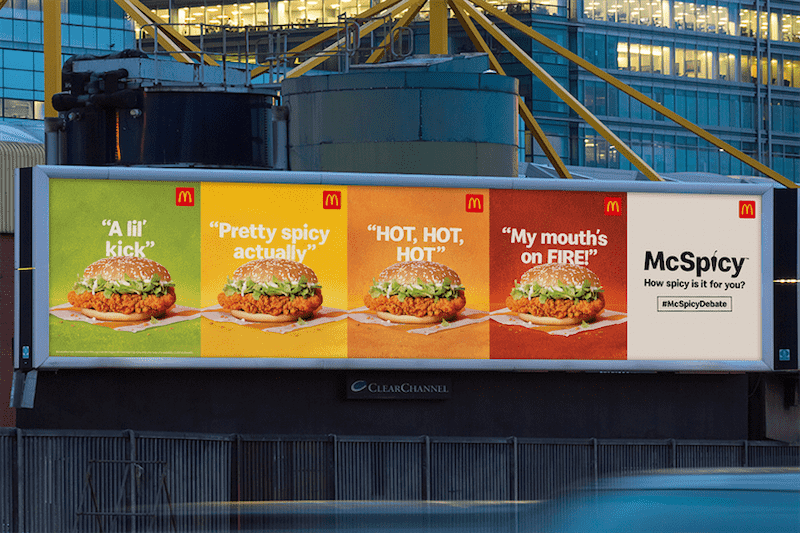
5. Google – Informative and helpful brand voice
Did you notice how everything is so simple and intuitive whenever you use Google products? And as soon as you enter another software tool some complication arises. That’s because of how incredibly Google uses its brand voice.
Besides establishing a friendly and approachable tone, the brand has mastered user communication to make their products feel totally seamless. Their whole brand voice revolves around being helpful, clear, and concise, making their products accessible to everyone.

6. Disney – Magical and nostalgic tone of voice
Disney’s tone of voice is so magical that even adults crave their cartoons from time to time. What’s specific in this case is that we’re not just talking about ads or customer communication, but the whole voice this brand built around their movies.
Disney created a unique world of magic and wonder that you simply can’t help but be a part of. They are the masters of timeless and nostalgic storytelling, while setting an example for inclusivity and optimism.
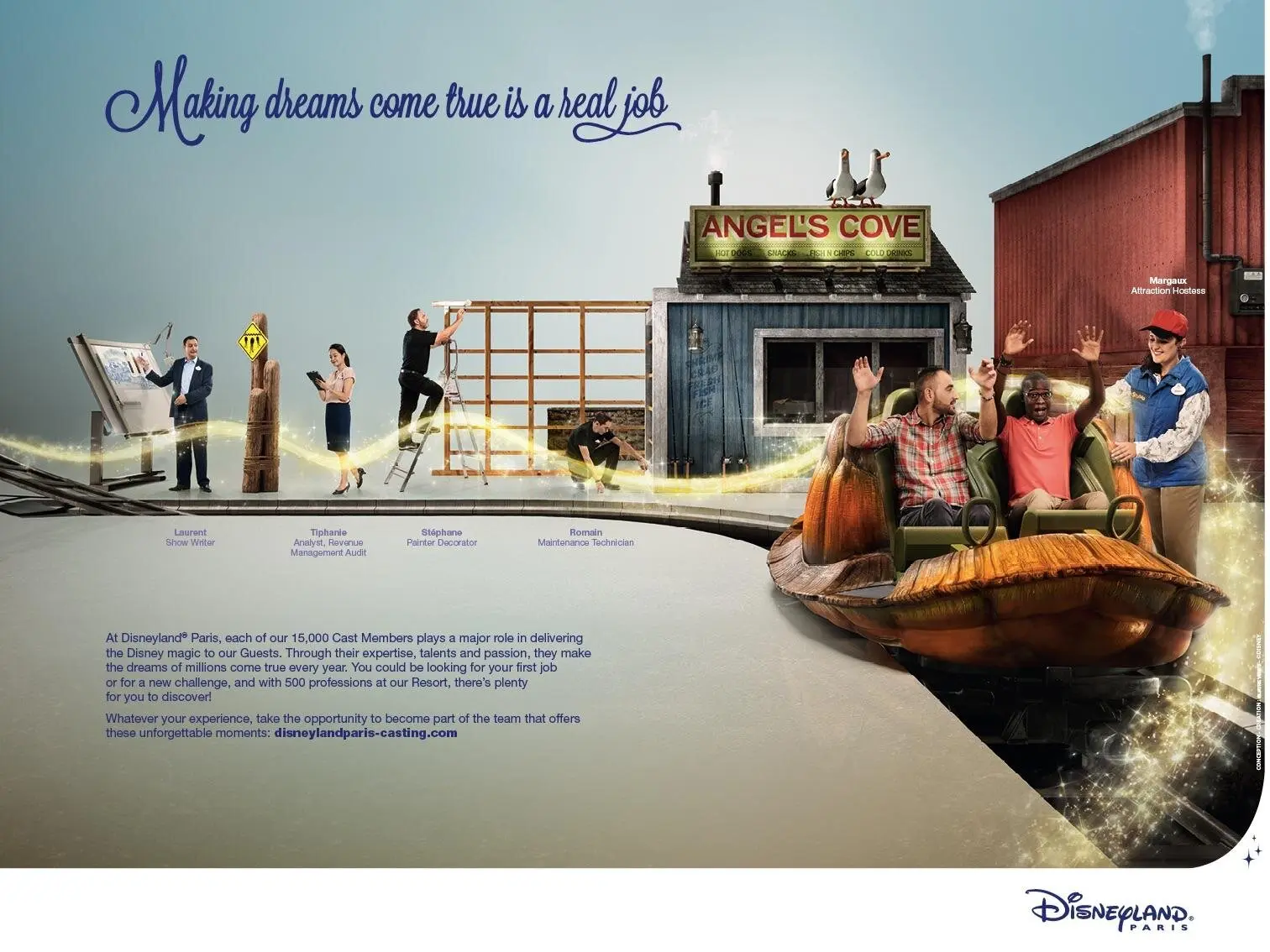
7. IKEA – Practical and accessible brand voice
IKEA is the perfect example of how a brand can implement its values and personality into its tone of voice. The brand has always been known for its simplicity, practicality, and accessibility – and that comes through in everything they say and do.
Whether you’re browsing their website or using an assembling guide for your new cupboard, IKEA always keeps things simple.
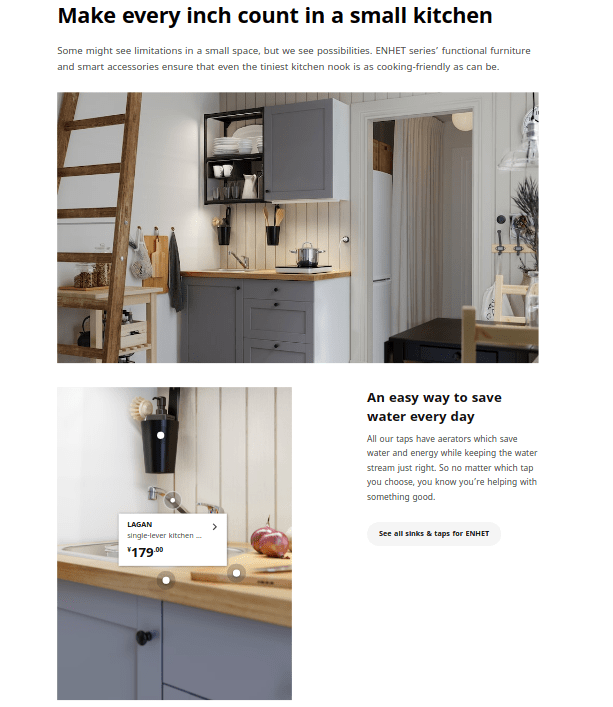
8. Amazon – Reliable and customer-centric brand voice
As the biggest delivery platform in the world, Amazon needs a voice that will keep customers at ease while waiting for their packages to arrive. With their accessible and personalized communication, Amazon always provides clear and helpful communication to customers.
On top of that, Amazon’s tone emphasizes efficiency and effectiveness in their communication, proving once again that meeting customer needs and expectations is their top priority.
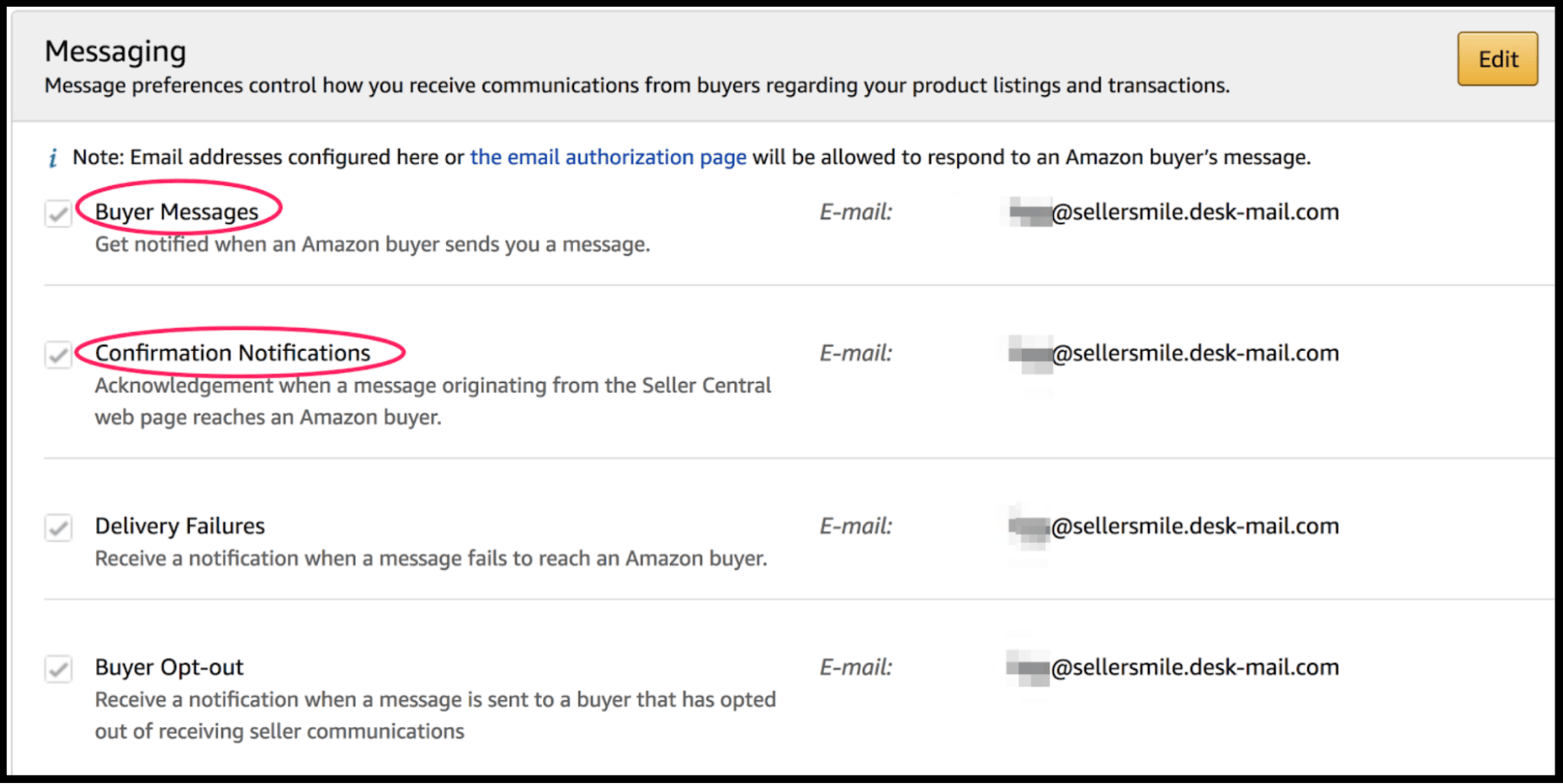
9. Spotify – Trendy and dynamic brand voice
Spotify seamlessly integrates its brand values and personality into its tone of voice, embodying traits of innovation, inclusivity, and creativity. Just as Spotify revolutionized the way we discover and enjoy music, its tone of voice reflects the brand’s commitment to pushing boundaries and fostering a sense of community among users.
Whether you’re exploring playlists, reading company blog posts, or interacting with customer support, Spotify’s tone is consistently fresh, inviting, and engaging.

10. LEGO – Creative and playful brand voice
LEGO has mastered the art of branding with its timeless appeal and engaging tone of voice. Recognizing the importance of fostering creativity and imagination, LEGO’s tone exudes a sense of playfulness and excitement.
No matter which channel you choose, you’ll soon come to the conclusion that thanks to their consistent brand governance they have a friendly and enthusiastic voice throughout all marketing communication.

11. Airbnb – inclusive and community focused brand voice
Airbnb isn’t just a platform for booking accommodation. It’s your gateway to adventure, connection, and unforgettable experiences. At least that’s what Airbnb made us believe though its powerful messaging.
By using narratives of shared experiences and cultural immersion, Airbnb encourages everyone to step out of their comfort zones and explore the world.
Its messaging is inclusive and empowering, building lasting bonds with their global community of travelers. This invites them to write their own stories, wherever they go.
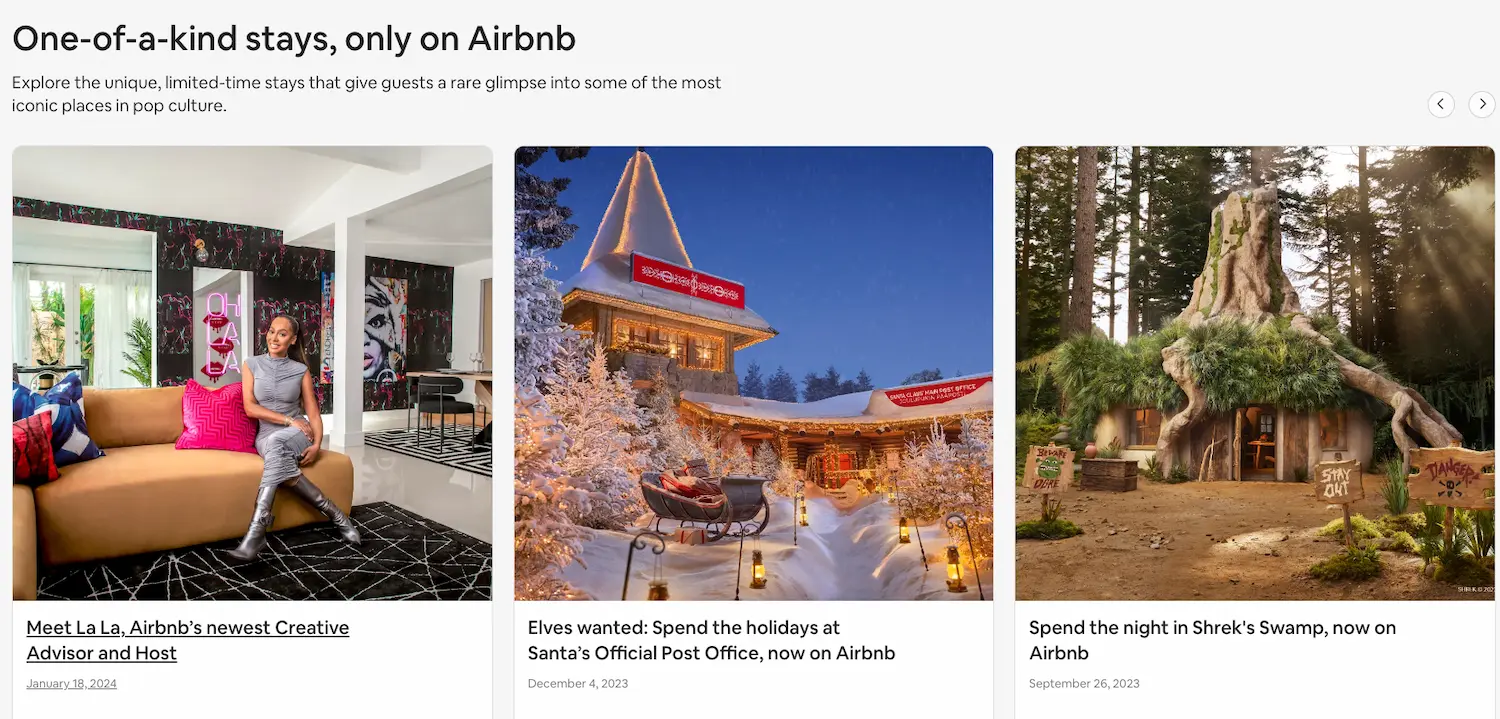
12. Red Bull – energetic and adventurous brand voice
Just like the energy drink, Red Bull’s tone of voice is like a burst of energy that instantly gets you in action mode. It’s bold, adventurous, and relentlessly exciting, mirroring the brand’s personality as a facilitator of adrenaline-fueled experiences.
With every communication, Red Bull exudes a sense of thrill, inspiring people to push their limits and embrace the extraordinary. Whether it’s through heart-pounding sports events, jaw-dropping stunts, or captivating content, Red Bull’s brand voice is synonymous with excitement and passion.
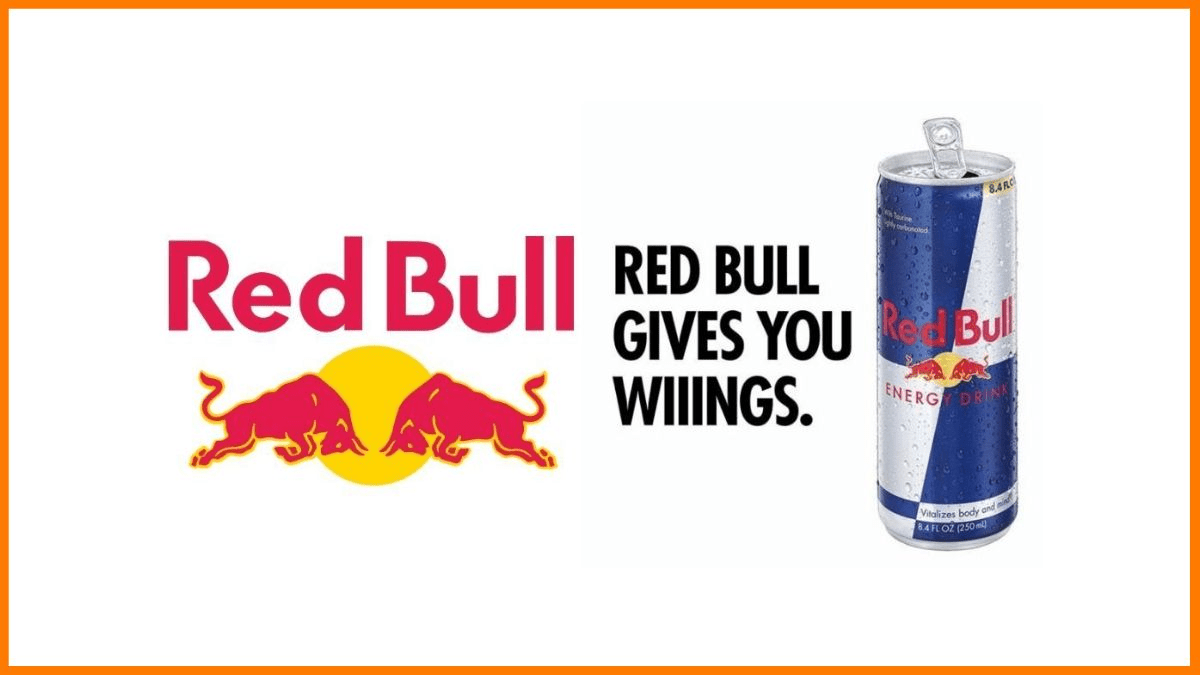
13. Patagonia – value driven and educational brand voice
Patagonia’s tone of voice is grounded, authentic, and deeply committed to the preservation of our planet. With a blend of passion and pragmatism, Patagonia creates a sense of urgency in all its communication, inviting us to take action in the fight against climate change and environmental crisis.
Patagonia’s brand voice inspires others to join the movement toward a more sustainable future, one step at a time through storytelling, activism, and a relentless pursuit of transparency.
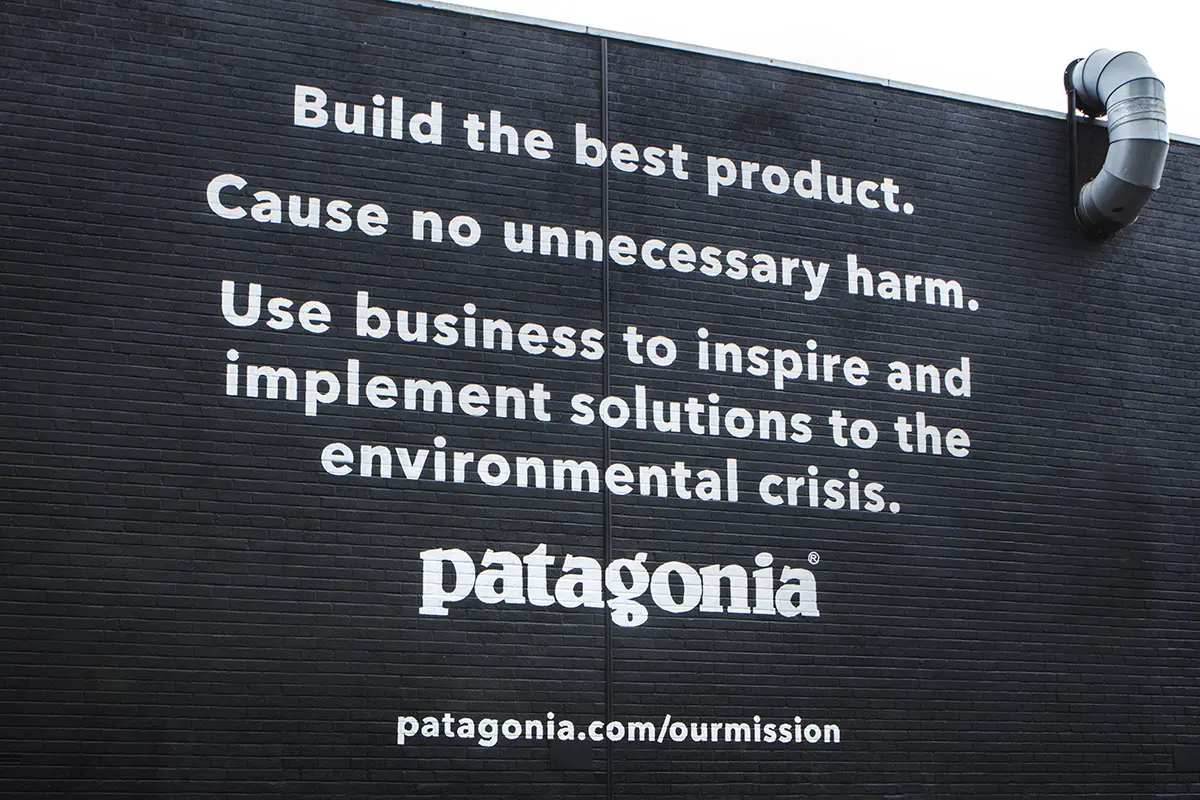
14. Starbucks – homey and welcoming brand voice
Starbucks is doing a great job at blending its cozy and welcoming coffee shops with an inviting tone of voice. By constantly emphasizing the importance of creating a comforting space for coffee lovers worldwide, Starbucks’ tone radiates warmth and inclusivity.
Whether you’re ordering your favorite latte in-store or engaging with the brand through social media posts, you’ll quickly find that friendliness and enthusiasm shine through.
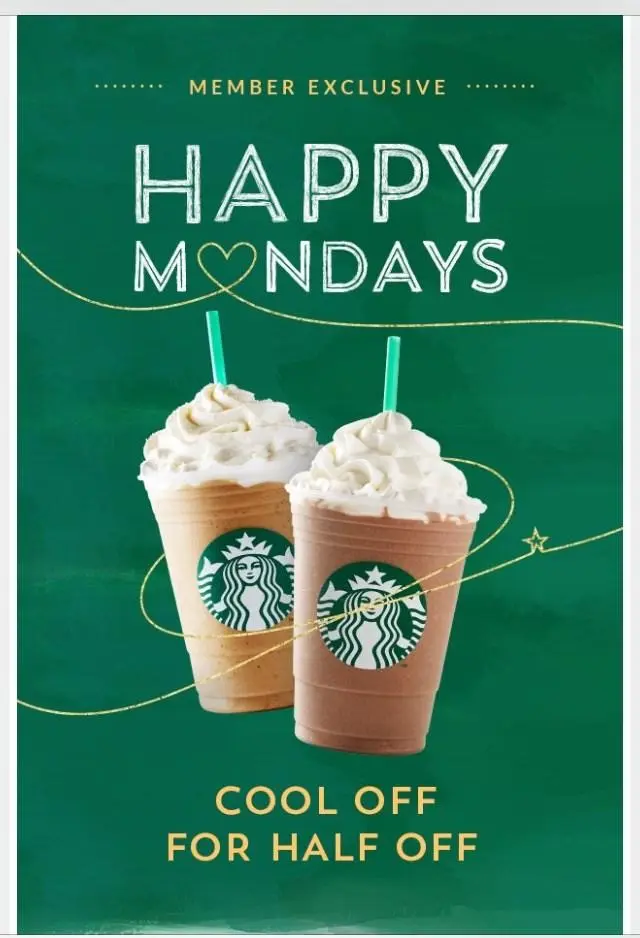
15. Netflix – relatable and casual brand voice
Netflix is a powerhouse in the entertainment world that quickly became a synonym for an endless lineup of binge-worthy shows and movies. Known for its laid back attitude and easy-to-use platform, Netflix keeps things fresh and exciting.
Their tone is casual but always on point. Whether they’re hyping up their latest releases or dropping news about tech upgrades, Netflix successfully engages its audience with short, punchy messages that grab everyone’s attention.
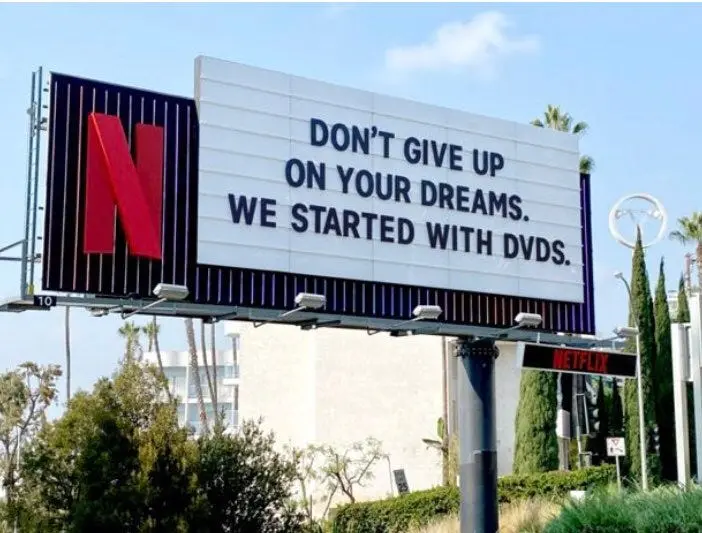
Six tips for building your brand’s voice
Seeing how some of the biggest companies develop strong brand voices is only the first step. Now, it’s time to take action.
Here are the six steps you can take to build your own tone of voice guide.
1. Start with your brand values
Begin by identifying the core values that define your brand. What is something that your brand feels strongly about? Something that you want to promote, or perhaps go against?
Once you identify your values, they’ll serve as the foundation for your brand’s voice, guiding your communication with the audience and aligning your messaging with what your brand is all about.
2. Think about your target audience
Consider who your target audience is and what language, tone, and style resonate most with them. Are you speaking to personal or business users? Young or older audience? Try going into as much detail about how your audience communicates and what messages resonate with them.
Then tailor your brand voice to appeal to their preferences, interests, and communication habits. This helps you to create a deeper connection and foster engagement.
3. Determine your brand’s personality
Define the personality traits that best represent your brand. Is your brand playful, sophisticated, adventurous, or caring? Understanding your brand’s personality helps shape the tone and style of your communication. As a result, you’ll have more consistency and authenticity in your messaging.
4. Establish brand voice characteristics
Define specific characteristics of your brand voice, such as the level of formality, humor, or empathy you want to convey. These characteristics should reflect your brand’s personality and values while resonating with your target audience.
Here are some brand voice characteristics for inspiration:
- Authentic
- Innovative
- Friendly
- Sophisticated
- Playful
- Trustworthy
- Empowering
- Eco-conscious
- Bold
- Compassionate
5. One voice vs. many different tones
When developing a brand’s voice, make sure to adapt your tone to different situations and communication channels. This doesn’t take away from the consistency of your tone, but rather makes it suitable for different events.
Let’s say that one of the characteristics of your brand’s voice is an enthusiastic tone. Though enthusiasm works great in marketing communications, it can send a wrong message when dealing with a complaining customer. Here you’ll need patience, calmness, and reliability.
By taking different situations into account, your tone of voice will become more usable and recognizable across different channels.
6. Evolve over time
Recognize that your brand voice may evolve as your business grows, market trends shift, or audience preferences change. By regularly reviewing and refining your brand voice, you’ll ensure it remains relevant, resonant, and reflective of your brand’s identity and values.
Remember, the ability to adapt is key to maintaining a strong and enduring brand presence in a dynamic marketplace.
Final thoughts
Today’s competitive market forced every business to fight for customer attention. This made it more important than ever to build a recognizable brand capable of building strong relationships with customers.
By establishing your brand’s tone of voice, you’ll be able to create a community with customers, foster loyalty, and increase revenue.
If you’re looking for an easier way to maintain your brand tone of voice, make sure to try Filestage for free →



